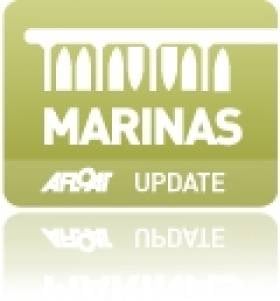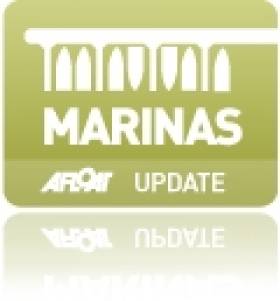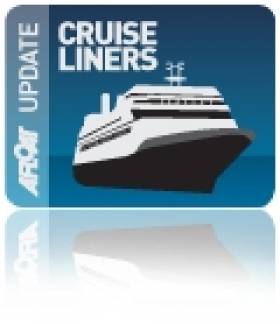Displaying items by tag: berth
Portmagee Harbour Pontoon. Boat Berths in Kerry
After first hatching its harbour plan over five years ago, National Tourism Award winning village Portmagee in County Kerry now looks certain to see a new pontoon finally installed at Portmagee pier in 2013. It will be a further boost for a Kerry already popular with visiting yachts and boats.
The idea is to link the network of facilities that terminate in West Cork with new facilities in County Kerry and Portmagee will be an important link in this process.
The plans are that both local Skellig Rock tourism boat operators and up to 20 visiting yachts at any one time can use the new village pontoon once it is installed.
The facility is being developed through a local community initiative with funding from Kerry County Council and Failte Ireland.
Dromquinna Manor Pontoons. Berths for Boats in Kerry
Boating facilities at the Dromquinna Manor resort in Kerry include pontoon berths offering the boating enthusiast a wonderful base to enjoy the south-west coast. The current facility comprises a long jetty in the Kenmare river.
Bidding Begins for Shannon Harbour Houseboat Berths
#SHANNON - Waterways Ireland has just released details of its scheme for renting berths for houseboats on the Grand Canal at Shannon Harbour.
Under the scheme, boaters can rent one of eight fully-serviced berths for their houseboat on a 12-month extended term licence running from 15 March 2012 to 14 March 2013.
Amenities on-site include electricity supply, access to pumps and clean water, shower facilities and limited car parking. Pre-paid smart cards are required to utilise some facilities.
As space is limited, the berths will go to the highest bidders, with the minimum acceptable bid set at €1,250 (a security deposit of €250 is required).
It is expected that licence holders will live on board their vessels as their main residence. Winning bidders are also expected to arrange their own refuse collection from the site.
The closing date for bids is 23 February 2012. The Waterways Ireland website has the application form plus more information about the scheme and details of the licence agreement.
2011 Port of Cork Cruise Season Draws to a Close
With these high numbers of calls and increasing passenger numbers, the overall economic contribution of the cruise business in Ireland is estimated to be worth €60 million to the island of Ireland. Cork alone contributes an estimated €20m to the local economy both directly and indirectly. In a recent survey carried out by Red C Research on behalf of Cruise Ireland, the look of a port is seen to be a key feature, with those arriving into Cork port citing this as very important in encouraging passengers to disembark and take an excursion. Over 90% of passengers visiting Cork were satisfied with their experience which exceeded their expectations.
Captain Michael McCarthy, Commercial Manager Port of Cork commented on the cruise business saying: 'with so many passengers arriving into Cobh and Cork, the impact this has on the local economy is very positive with the average spend per in-transit passenger approximately €73 per day.'
Continuing Captain McCarthy talked about Cork's potential saying that: 'In 2012 the numbers of calls are already looking very positive with 58 liners expected. As it is the 100th anniversary of the Titanic, Cobh will play an important part in commemorations and already there are three liners booked to call, which are basing their cruise theme around the Titanic.'
Feedback from cruise companies visiting Cork is very positive. Direct access to the quayside for passengers coupled with the accessibility of trains to Cork and the historic town of Cobh and its attractions on their doorstep, makes Cobh an attractive port of call. In 2010 the Port of Cork were awarded 1st place for 'Best Destination Experience (Organised)' in the world and 2nd place for 'Best Port Welcome' at the Dream World Cruise awards. These awards along with Cork being voted within the Lonely Planet's top ten cities to visit must be capitalised.
The Port of Cork has ambitious plans to grow the business to 75 calls over the next five years and already 2012 are experiencing that growth, with 58 liners expected to call. Some of these calls will stay overnight and atleast six liners will make their maiden call to Cork in 2012. This growth is attributed to the Port of Cork's investment of over €8 million to date on berthing facilities, which are the only facilities in Ireland capable of handling the largest liners afloat today.

































































